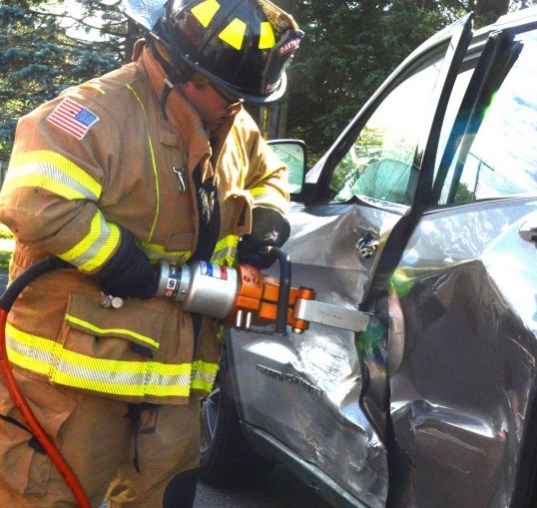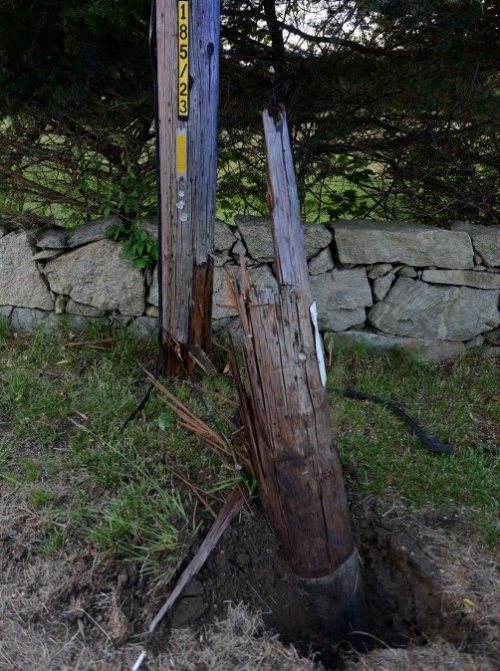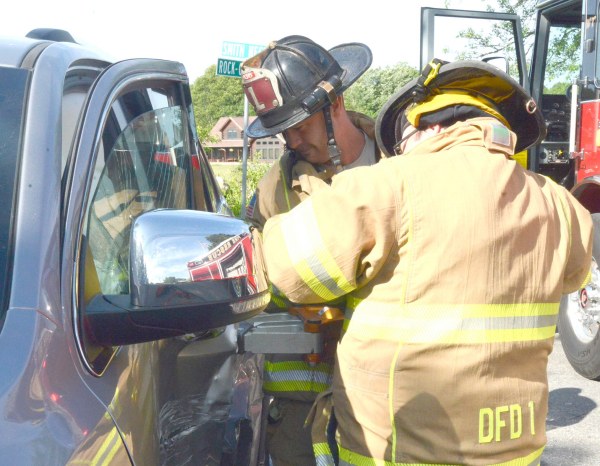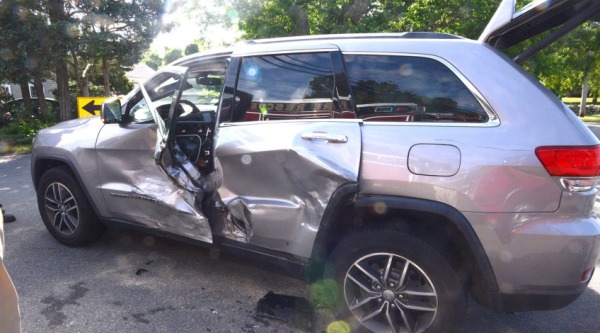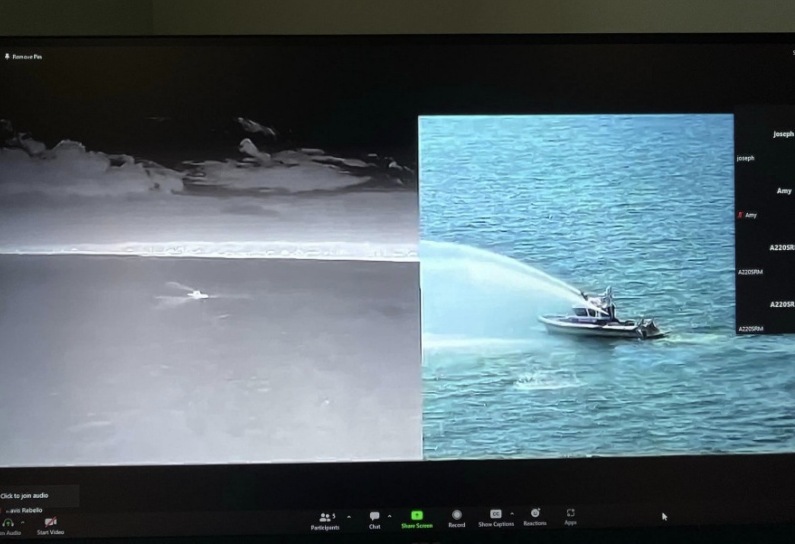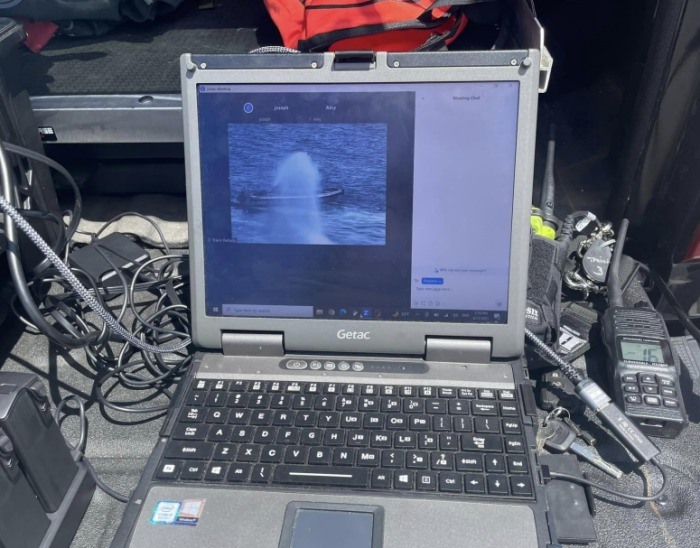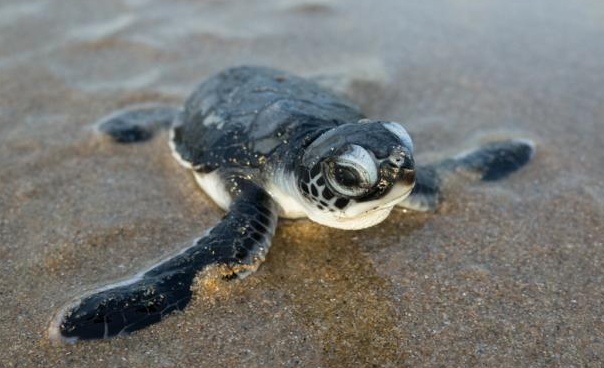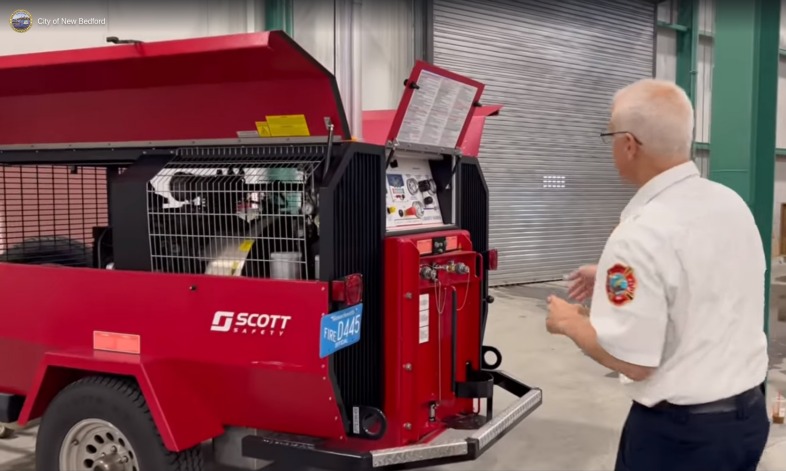“Senator Edward J. Markey (D-Mass.), chair of the Senate Environment and Public Works Subcommittee on Clean Air, Climate, and Nuclear Safety, and Representative Lisa Blunt Rochester (DE) today announced the reintroduction of the Technology Assessment for Air Quality Management Act, legislation that would authorize $55 million over five years for the Environmental Protection Agency (EPA) to update and expand its tools and technologies for monitoring air quality, while ensuring that these tools are integrated with environmental justice mapping and screening to better measure and manage unhealthy levels of air pollution across the United States, particularly in frontline environmental justice communities where Black, Brown, Indigenous and low-income residents are disproportionately likely to be harmed.
In the United States, more than 35 percent of people live in places with unhealthy levels of ozone or particle pollution. Current air quality monitoring methods fail to capture block-by-block differences, hiding pollution burdens that accumulate in environmental justice communities, including communities of color, which are 50 percent more likely to be affected by poor air quality. Next-generation air quality monitoring technologies have found that air pollution can be up to eight times worse on one end of a city block than another. Dirty air can be harmful to health, leading to more frequent asthma attacks, heart attacks, strokes, premature births, and even early death.

The Nation photo.
“No one should have to breathe unhealthy, toxic pollution in their neighborhood,” said Senator Markey. “We can’t manage what we don’t measure, which is why Congress must take steps to improve our air quality monitoring so that we can improve public health in the communities that have suffered most from environmental injustice. The Technology Assessment for Air Quality Management Act will give the EPA the resources they need to fight toxic air pollution and keep communities healthy, no matter their ZIP code.”
“Air pollution is a matter of public health and environmental justice,” said Representative Blunt Rochester. “That’s why I’m so proud to lead the reintroduction of the bicameral Technology Assessment for Air Quality Management Act – legislation that was championed by the late Representative Donald McEachin of Virginia – to strengthen the EPA’s ability to continue the fight against toxic air pollution impacting communities across the country, especially our environmental justice and frontline communities, helping make our communities healthier, safer, and stronger.”
A copy of the legislation can be found HERE.
Specifically, the Technology Assessment for Air Quality Management Act would:
• Authorize $55 million over five years for the EPA to:
1. Annually update and expand its online air quality toolbox with best-available monitor technologies, methods, and associated uses of data,
2. Connect its toolbox with environmental justice mapping and screening tools,
3. Create eight full-time equivalent positions to support the work,
• Establish a working group consisting of representatives from EPA regional offices, air agencies, environmental justice networks, data science, and public health science to develop templates for integrated monitoring systems and,
• Direct the EPA and the Government Accountability Office (GAO) to conduct an inventory of the locations and operation statuses of air monitors, existing data infrastructure, high-priority areas for monitoring deployment in environmental justice communities, and workforce needs to improve air quality management across scales.
Cosponsors in the Senate include Senators Michael Bennet (D-Colo.), Richard Blumenthal (D-Conn.), Cory Booker (D-N.J.), Tammy Duckworth (D-Ill.), Dick Durbin (D-Ill.), Bernie Sanders (I-Vt.), Tina Smith (D-Minn.), Chris Van Hollen (D-Md.), Elizabeth Warren (D-Mass.), and Sheldon Whitehouse (D-R.I.).
The Technology Assessment for Air Quality Management Act is endorsed by Environmental Defense Fund, Clean Air Task Force, and Moms Clean Air Force.
“Accurately monitoring air quality is a key component in protecting communities from the health harms of air pollution, particularly those that have long borne the worst burden of unhealthy air. Technology is ever evolving and understanding how to better integrate new and hyperlocal methods of monitoring into better informing the public is an innovative way to protect health from air pollution. In addition to funding for regulatory monitors and bold action from EPA on cleaning up sources of pollution, this legislation will help us ensure clean air for all,” said Harold Wimmer, President and CEO of the American Lung Association.
“Everyone has the right to clean air, but far too many people live in communities overburdened with air pollution,” said Sarah Vogel, Senior Vice President for Healthy Communities at Environmental Defense Fund. “With the Technology Assessment for Air Quality Management Act, Senator Markey and the bill’s cosponsors recognize the need for better data on local sources of air pollution and health outcomes and the ability to integrate this data into decision-making. This bill will provide needed tools to better understand air pollution and protect health.”
“The efforts outlined in this bill would help optimize resource use by providing the means, materials and motivation to characterize community scale air quality. The required assessment of current capabilities, and the opportunities to integrate emerging technologies of low-cost sensors and recently deployed satellites, will empower communities to identify air quality concerns and facilitate more effective air quality management to benefit the health of our citizens and the environment,” said John Graham, Senior Scientist at Clean Air Task Force.
“Everyone deserves to breathe clean air, and having good data from high-quality air monitors is an important first step towards improving the health and safety of the communities where families live, work, and play. We thank Senator Markey for introducing the Technology Assessment for Air Quality Management Act, and for his steadfast commitment to clean air and public health,” said Melody Reis, Senior Legislative and Regulatory Policy Manager at Moms Clean Air Force.
In March, Senator Markey and Representatives Blunt Rochester and Nanette Barragán (CA-44) led their colleagues in a letter to EPA Administrator Michael Regan urging the EPA to strengthen its proposed air quality standards to reduce fine particulate matter pollution, also known as soot pollution, and protect communities from its related health issues, including cardiovascular and respiratory disease, infant mortality, and premature death. In July 2021, Senator Markey introduced his Environmental Justice Air Quality Monitoring Act, which would authorize $100 million annually for EPA to establish a five-year pilot program for hyperlocal air quality monitoring systems in environmental justice communities.
The Inflation Reduction Act included $3 million for air quality sensors in low-income and disadvantaged communities, as called for in the Environmental Justice Air Quality Monitoring Act, as well as $117.5 million for air pollution monitoring, $50 million for multipollutant monitoring, $60 million for diesel emissions reductions, $40 million for air pollution permitting resources, $25 million for Clean Air Act (CAA) grants, and $15 million to reduce emissions from wood heaters.”-Senator Markey’s Office.






